At the time when the Jack the Ripper murders were occurring in Whitechapel, photography and printing were very rudimentary; and, as a consequence, the newspapers were unable to produce actual photographs of the murder scenes themselves.
THE MILLER’S COURT IMAGES
The photographs that have come down to us, such as the mortuary images of the victim’s and the crime scene at Miller’s Court, where Mary Kelly was murdered on the 9th November, 1888, were taken by the police for identification purposes, or, in the case of the Miller’s Court photos, to record the scene of the crime.
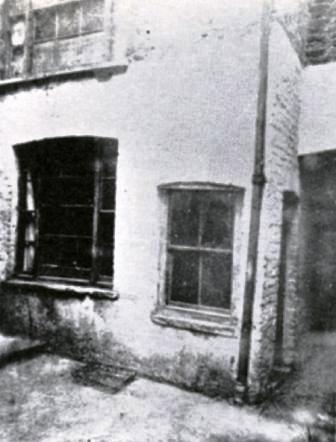
NEWSPAPER DEPICTIONS
The newspapers were able to provide their readers with vivid – sometimes very vivid – word descriptions of the scenes of the murders, but as far as actual visual images, they were dependent on their artists to sketch the scenes, sometimes from having visited them, sometimes from imagination drawn from what they were told by reporters who had visited the scenes of each crime.
Interestingly, when we are able to compare the artists illustrations of the various locations, they are surprisingly accurate in their depictions of the murder sites and their surroundings.
So, for example, if you compare the following artist’s illustration of Miller’s Court with the photograph of the same location above, you can see that it is an accurate likeness.
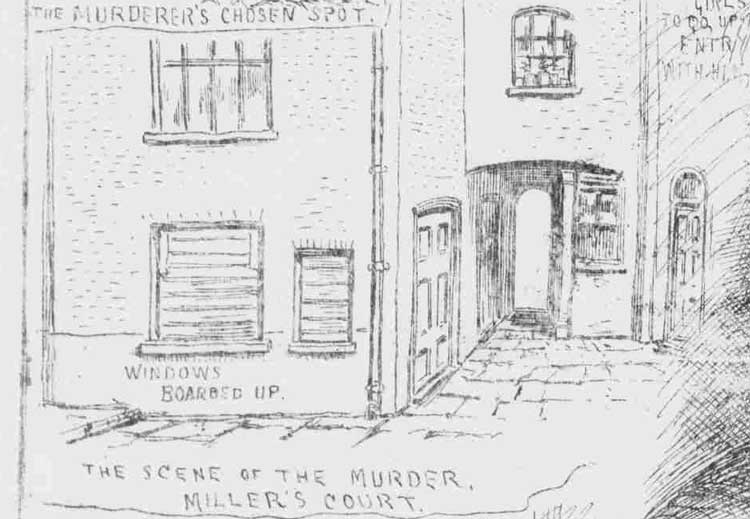
IMAGES OF HANBURY STREET
Likewise, the murder scene in Hanbury Street was illustrated by various newspapers in order to give their readers an idea of the location, so that they could get a better impression of what was described in the accompanying articles.
So, for example, on the 10th September, 1888, The Pall Mall Gazette, published the following illustration of the backyard of 29 Hanbury Street, showing the location where the body of Annie Chapman had been discovered just two days before.
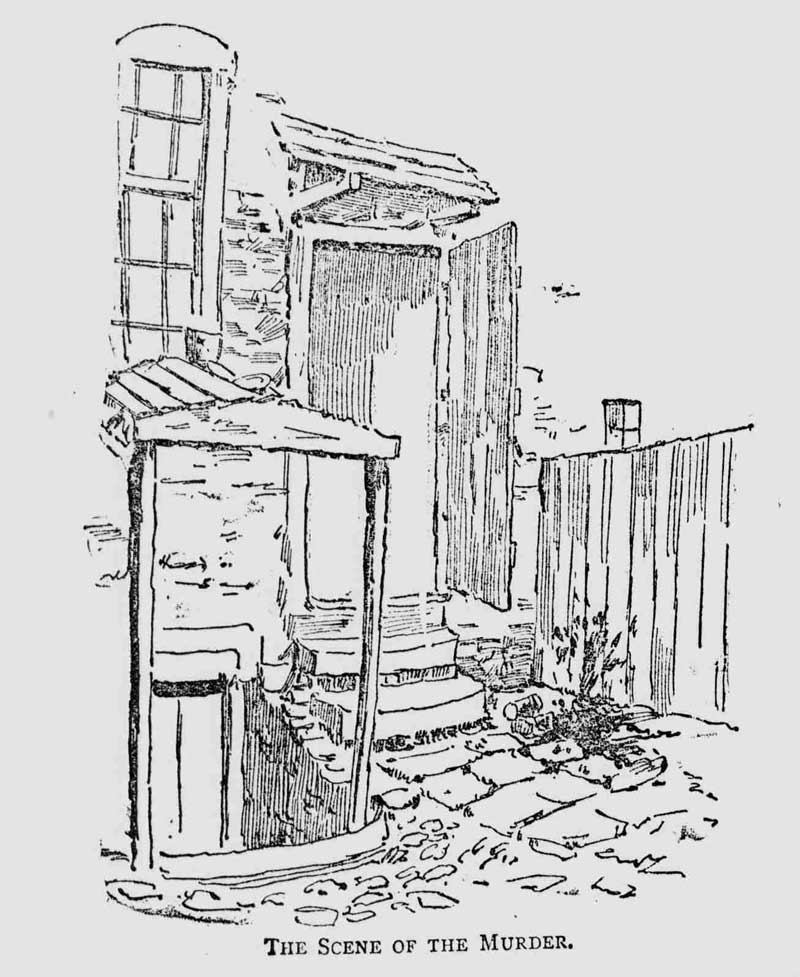
A PHOTOGRAPH OF THE SAME SCENE
Although no actual crime scene location photographs were taken of the yard in the wake of Annie Chapman’s murder, a photograph was taken many years later, and so we can, again, glean from this just how accurate the artists impression of it was.
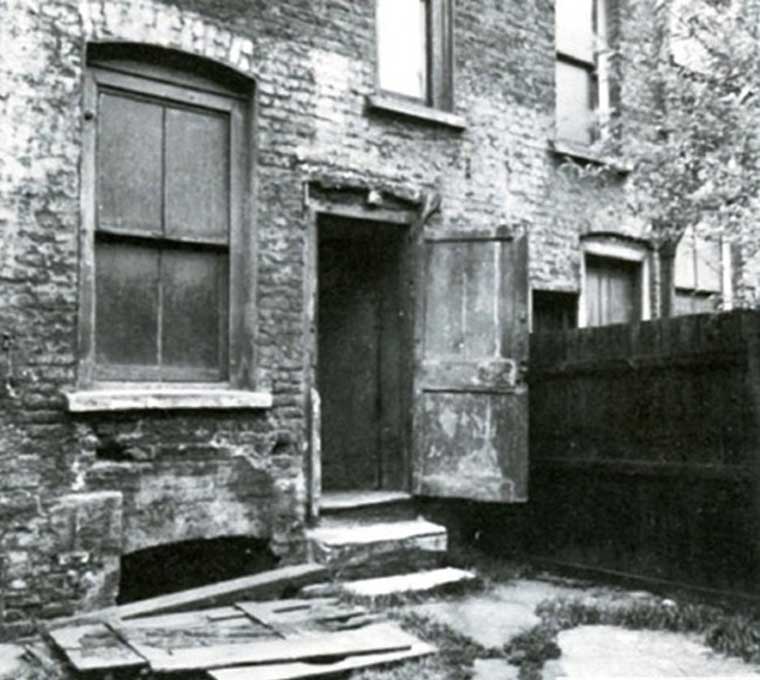
IMAGES OF THE VICTIMS
The victims themselves were photographed in the aftermaths of their various murders. This was done in the hope that, by showing these photographs around, the police might be able to identify them.
The victims photographs were shown to the press, and the artists then used these to illustrated the various articles that they were publishing.
The main publisher of these illustrated articles, was the Illustrated Police News, and their illustrations are, as a result, probably the best known depictions of the Whitechapel murders scenes and of the victims of the crimes, since they have been reproduced in virtually every book that has since been published on the Jack the Ripper atrocities.
What is interesting about these depictions is that they often showed the victim before and after their murders.
No, as far as I am aware, the artists responsible for them had no access to any photos of the victims before their murders (I say this because photographs of several victims in life have emerged in recent years), so they must have used the police identification photos in order to depict them in life.
MARTHA TABRAM ILLUSTRATIONS
So, you start to see this in the illustrations that the Illustrated Police News published in the wake of the murder of Martha Tabram in early August, 1888.
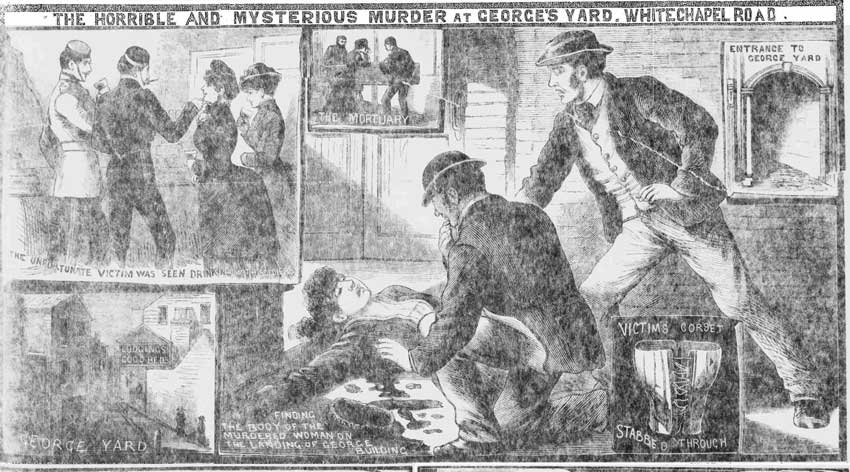
MARY NICHOLS ILLUSTRATIONS
This would continue with the illustrations that the News published to accompany its coverage of the murder of Mary Nichols, which took place in the early hours of August 31st, 1888.
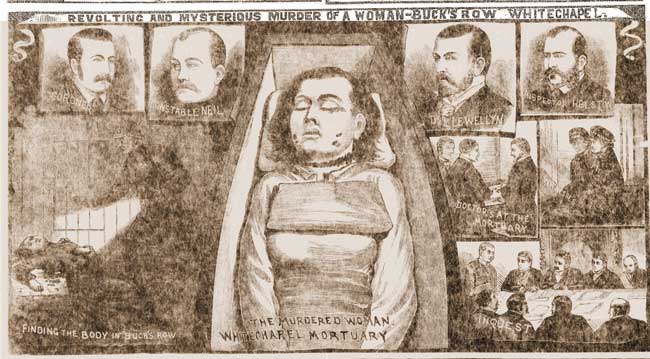
THE ANNIE CHAPMAN ILLUSTRATIONS
It was then repeated in the wake of the murder of Annie Chapman, which had occurred on the 8th September, 1888.
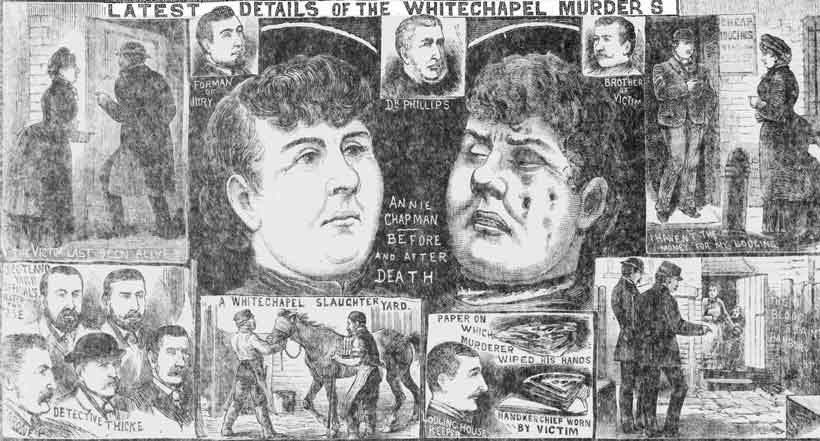
AS CLOSE AS WE GET TO BEING THERE
One of the notable things about these illustrations is that they give us something of an insight into the locations at which the Jack the Ripper murders occurred, and an insight into the victims themselves.
It should be said that we must make allowance for a certain amount of artistic licence on the part of the illustrators who actually created the images. But, we at least are able to form an impression of the locations and of those who played a part in the aftermath of the Whitechapel murders.
And, it is also worth keeping in mind that these illustrations, as crudely drawn as some of them are, were, not only how many people got their news on the circumstances surrounding each of the murders, but they also helped form readers’ opinions on the murders and the area in which the murders occurred.
As such, these sketches are important documents that convey a sense of the age in which they were drawn.
In fact, effectively, they are as close as we can now get to actually visiting the murder sites in the aftermath of the crimes that had been perpetrated thereon.
